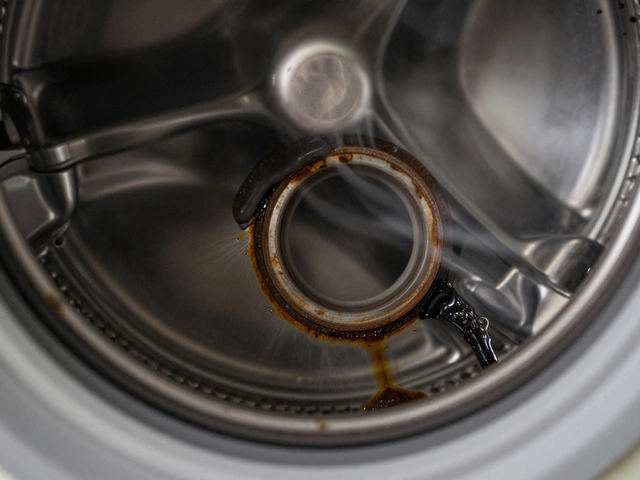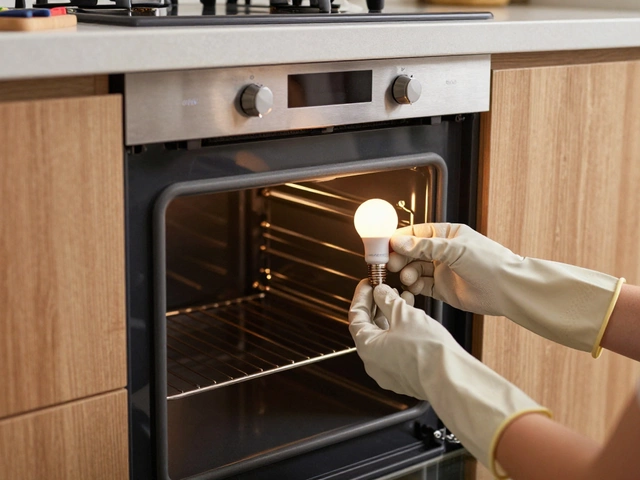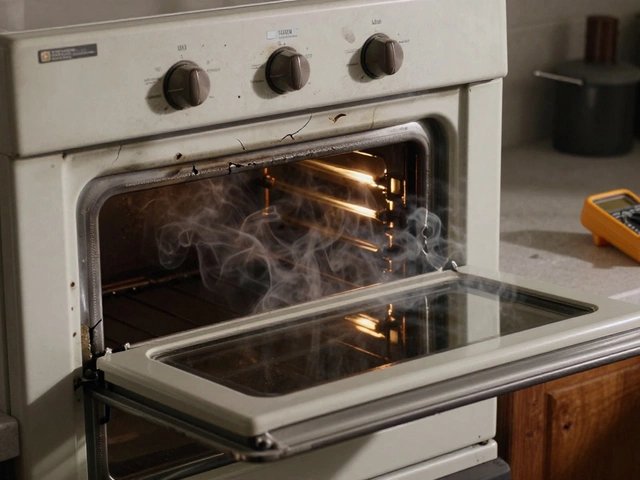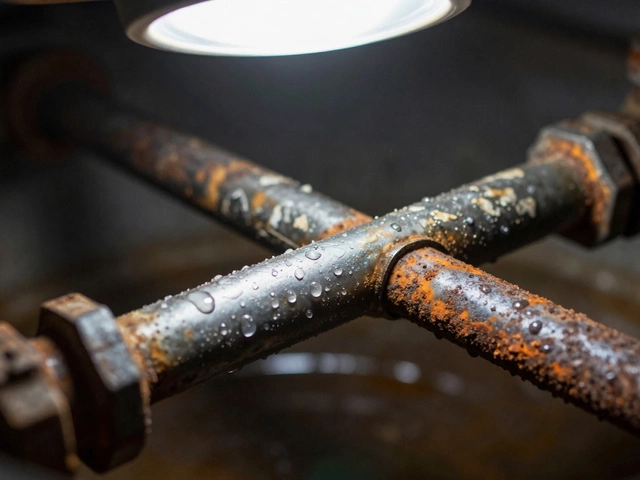DIY Microwave Fix – Easy Home Repairs
Got a microwave that hums, sparks, or just won’t heat? You don’t need to panic or rush to a technician right away. Most everyday microwave issues can be tackled with a few basic tools and a bit of common sense. This guide walks you through the most common problems, how to diagnose them, and what you can safely fix yourself.
Spot the Symptoms and Find the Cause
First, figure out what’s wrong. Does the microwave turn on but stay cold? That usually points to a magnetron problem – the part that creates the microwaves. If you hear a buzzing or see sparks inside, the waveguide cover or the turntable motor might be the culprit. A door that won’t latch properly can stop the microwave from starting at all, because safety interlocks prevent operation when the door is loose.
Before you open anything, unplug the unit and let it sit for a few minutes. This discharges any stored electricity and protects you from shocks. Keep a screwdriver, a multimeter, and a small flashlight handy – they’ll make the job smoother.
Quick Repairs You Can Do Yourself
1. Clean the waveguide cover. The waveguide is a thin metal sheet that guides microwaves from the magnetron to the cooking cavity. Over time, food splatters can melt onto it and cause arcing. Remove the interior panel (usually a few screws), locate the grey or white cover, and gently wipe it with a damp cloth. If it’s cracked, replace it – they’re cheap and fit most models.
2. Replace a faulty door latch. Open the microwave door and look for the latch mechanism. If the latch is broken or the plastic tab is missing, the microwave won’t start. You can buy a universal latch online. Snap the new latch into place, reassemble the door, and test the unit.
3. Fix a stuck turntable motor. If the plate doesn’t spin, the motor might be jammed. Remove the turntable and the glass tray, then pull out the motor housing. Look for debris or a broken gear. A quick clean often restores motion. If the motor itself is burnt out, replace it – most are $15‑$30.
4. Test the magnetron. This is a bit more advanced but still doable. With the microwave unplugged, locate the magnetron (a big metal cylinder near the waveguide). Use a multimeter set to ohms and check continuity between the two terminals. No reading means the magnetron is dead and should be swapped out. If you’re unsure, it’s safer to call a pro because magnetrons hold a high voltage charge.
After any repair, reassemble the microwave, plug it back in, and run a simple water test. Heat a cup of water for one minute – if it’s hot, you’ve solved the problem.
Remember, safety always comes first. If you ever feel uncomfortable handling electrical components, or if the microwave shows signs of severe damage (like burnt smells or cracked casing), it’s smarter to call a qualified technician. A quick professional fix can prevent bigger hazards down the road.
With these tips, most common microwave hiccups can be fixed without a hefty repair bill. Keep this guide handy, and you’ll be able to tackle the next microwave glitch with confidence.
16 November 2024
·
0 Comments
Microwaves have become an essential part of modern kitchens, but like any other appliance, they can face issues that disrupt their functioning. This guide provides a straightforward approach to solving common microwave problems at home. Whether it's dealing with a non-heating microwave or strange noises, these easy tips and tricks will help you troubleshoot and potentially fix the issues. Empowering individuals with some basic electronics knowledge can save both time and money by delaying or eliminating the need for professional service.
Read more






